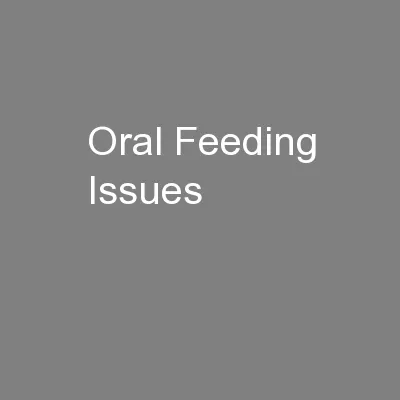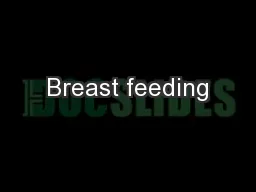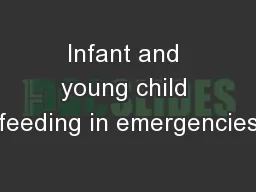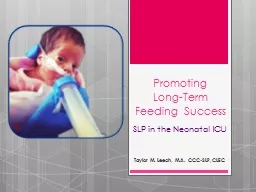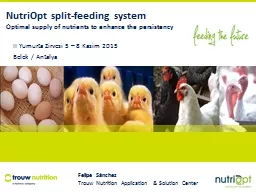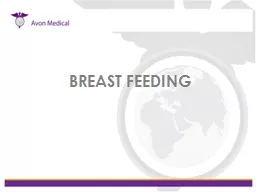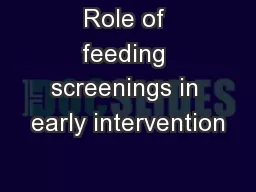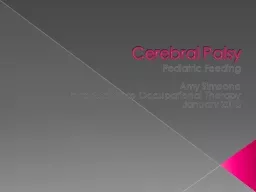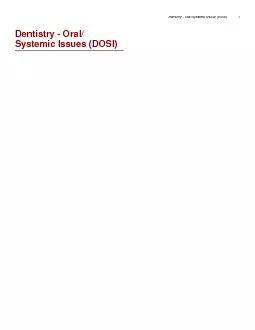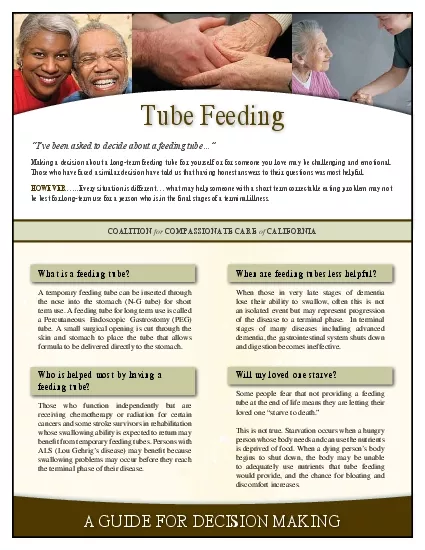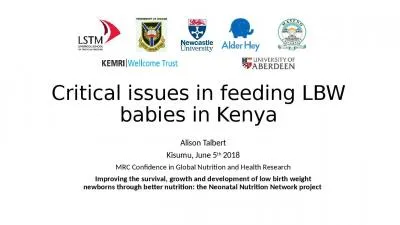PPT-Oral Feeding Issues
Author : briana-ranney | Published Date : 2016-04-13
Chantal Lau PhD Baylor College of Medicine Department of PediatricsNeonatology Texas Childrens Hospital Houston TX USA October 31 2012 Financial Interest Feeding
Presentation Embed Code
Download Presentation
Download Presentation The PPT/PDF document "Oral Feeding Issues" is the property of its rightful owner. Permission is granted to download and print the materials on this website for personal, non-commercial use only, and to display it on your personal computer provided you do not modify the materials and that you retain all copyright notices contained in the materials. By downloading content from our website, you accept the terms of this agreement.
Oral Feeding Issues: Transcript
Download Rules Of Document
"Oral Feeding Issues"The content belongs to its owner. You may download and print it for personal use, without modification, and keep all copyright notices. By downloading, you agree to these terms.
Related Documents

